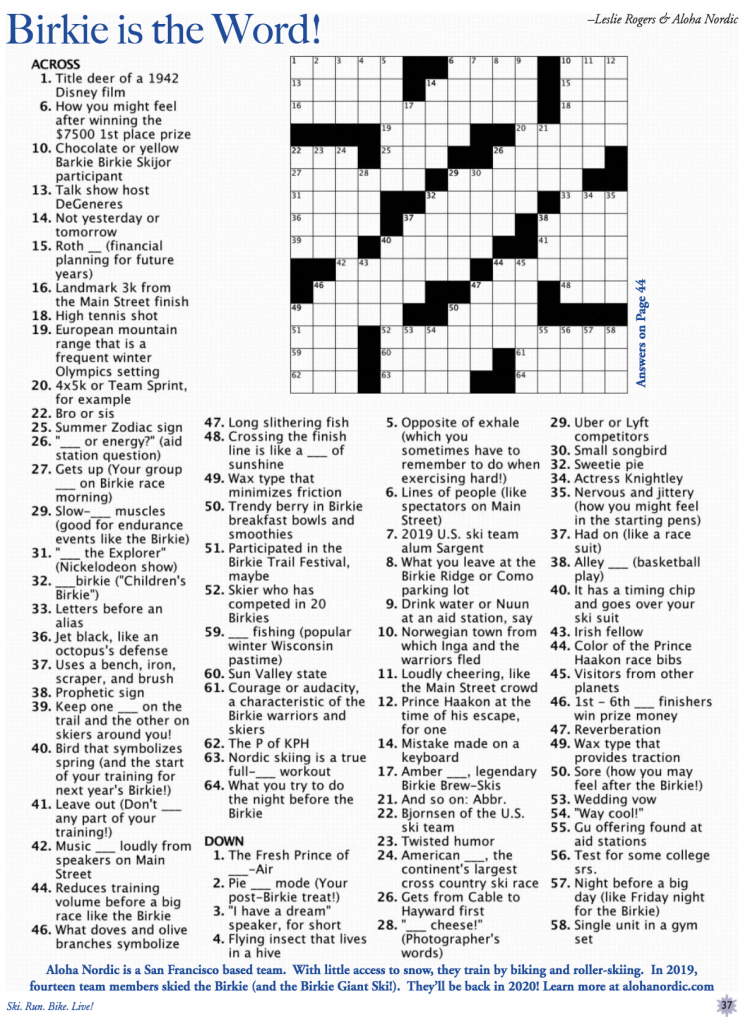Weather nerds sometimes speak of “clown range” for weather models. Clown range implies that, beyond a certain time frame, the weather models are about as good as a clown predicting the weather, usually beyond about seven days. But for very wide-scale trends, there are ways to read tea leaves to discern large-scale trends: wet vs dry and warm vs cold. Will it be 0 or 45 on race day? Who knows. But even a month out, we can say whether there is a greater likelihood that it will be warmer or colder than normal: we were worried in early February of 2017 because the models painted a picture of very warm weather four weeks out and look where that led.
So far? So good. The next two weeks look warm-ish (but not snow-melting-warm) and then cold-ish. And beyond that? Normal-ish. I’ll take normal-ish with a good base in place. Normal-ish doesn’t melt two feet of snow. And normal-ish make for some of my favorite Birkies, like 2009 and 2010: cold to start, warm and sunny by afternoon.
But I’ll take anything with 50k of snow on the ground to Main Street, frankly.

